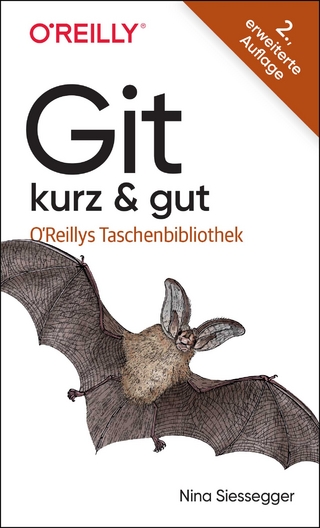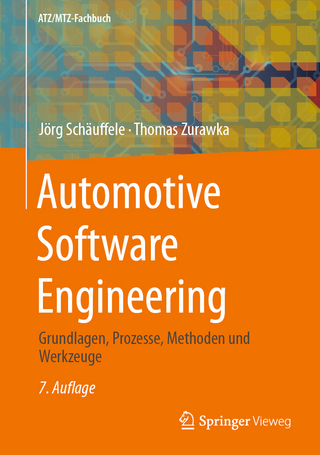
An Invitation to Applied Category Theory
Cambridge University Press (Verlag)
978-1-108-71182-1 (ISBN)
Category theory is unmatched in its ability to organize and layer abstractions and to find commonalities between structures of all sorts. No longer the exclusive preserve of pure mathematicians, it is now proving itself to be a powerful tool in science, informatics, and industry. By facilitating communication between communities and building rigorous bridges between disparate worlds, applied category theory has the potential to be a major organizing force. This book offers a self-contained tour of applied category theory. Each chapter follows a single thread motivated by a real-world application and discussed with category-theoretic tools. We see data migration as an adjoint functor, electrical circuits in terms of monoidal categories and operads, and collaborative design via enriched profunctors. All the relevant category theory, from simple to sophisticated, is introduced in an accessible way with many examples and exercises, making this an ideal guide even for those without experience of university-level mathematics.
Brendan Fong is a postdoctoral associate in the Department of Mathematics at the Massachusetts Institute of Technology. His research explores how we use pictures to represent and reason about the systems around us, and how to understand the world from a relational point of view. These topics find their intersection in applied category theory. David I. Spivak is a research scientist in the Department of Mathematics at the Massachusetts Institute of Technology. He has found applications of category theory ranging from database integration to knowledge representation, from materials science to dynamical systems and behaviour. He is the author of two other books in category theory.
Preface; 1. Generative effects: orders and Galois connections; 2. Resource theories: monoidal preorders and enrichment; 3. Databases: categories, functors, and universal constructions; 4. Collaborative design: profunctors, categorification, and monoidal categories; 5. Signal flow graphs: props, presentations, and proofs; 6. Electric circuits: hypergraph categories and operads; 7. Logic of behavior: sheaves, toposes, and internal languages; Appendix. Exercise solutions; References; Index.
| Erscheinungsdatum | 18.07.2019 |
|---|---|
| Zusatzinfo | Worked examples or Exercises; 60 Halftones, color; 1 Halftones, black and white; 100 Line drawings, black and white |
| Verlagsort | Cambridge |
| Sprache | englisch |
| Maße | 173 x 246 mm |
| Gewicht | 710 g |
| Themenwelt | Mathematik / Informatik ► Informatik ► Software Entwicklung |
| Mathematik / Informatik ► Mathematik ► Allgemeines / Lexika | |
| Mathematik / Informatik ► Mathematik ► Logik / Mengenlehre | |
| Naturwissenschaften ► Physik / Astronomie ► Quantenphysik | |
| ISBN-10 | 1-108-71182-0 / 1108711820 |
| ISBN-13 | 978-1-108-71182-1 / 9781108711821 |
| Zustand | Neuware |
| Informationen gemäß Produktsicherheitsverordnung (GPSR) | |
| Haben Sie eine Frage zum Produkt? |
aus dem Bereich


